Winter crops are finished and our spring plantings are coming along nicely. Here's a wrap-up of what we grew this winter:
Bok choy
You'll find lots of information about this crop in a previous post. As you can see, bok choy remains fresh and ready to harvest even after it has bolted (the term used for cabbage family members that have flowered). Healthy food for us and the bees = win-win!
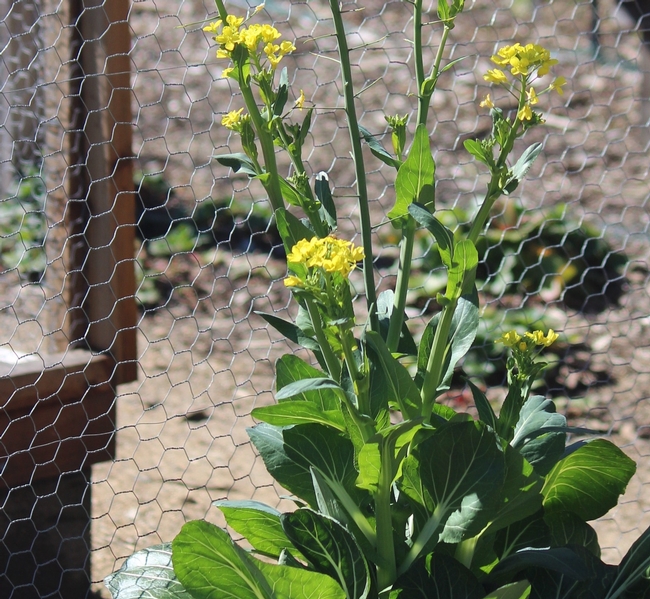
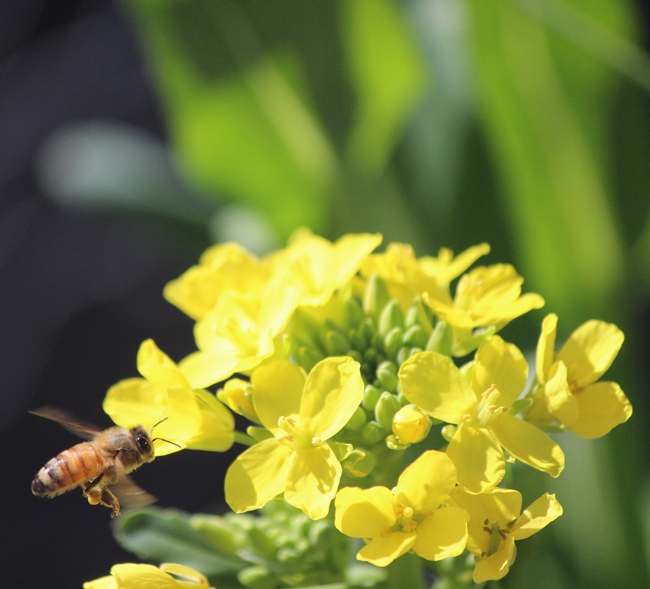
Brussels sprouts
This California specialty crop is delicious sautéed in olive oil with a bit of seasoning. Again, we let ours bolt to provide a nutritious winter pollen source for our bees. Most US production is in California and is concentrated along the coast; the cool, foggy weather there is perfect for this crop. Value in 2015 was nearly $24 million.
Brussels sprouts are high in vitamins C, K, and some B vitamins. Like other cabbage family members, they contain sulforaphane, a compound that may have anti-cancer properties. Steam or stir-fry Brussels sprouts to ensure the highest level of this chemical.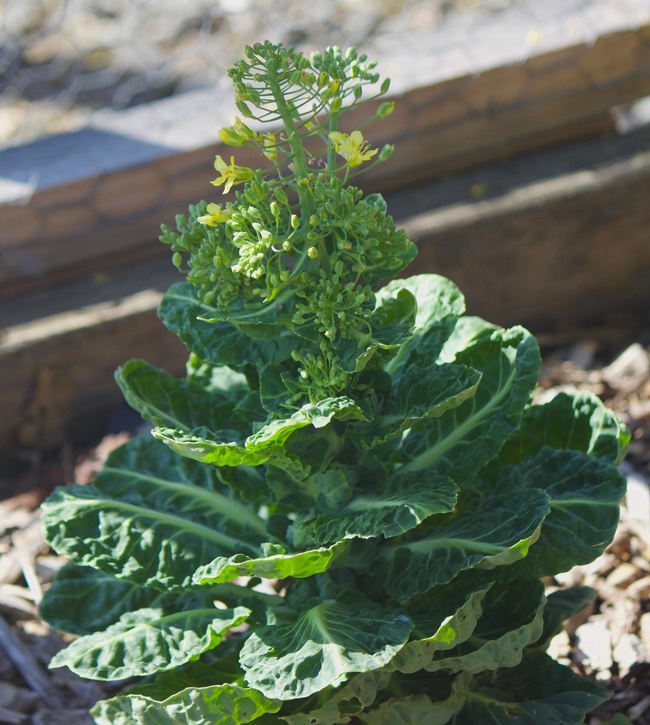
Cauliflower
Several cauliflower varieties are available for purchase at the market or for production by the home gardener. California produces most of the cauliflower consumed in the US, with production along the coast and in the Inland Empire. Crop value in 2015 was $309 million. It is very nutritious: it's a source of vitamin C, vitamin K, folate, pantothenic acid, and vitamin B6.
Here you can see one head ready for harvest and how the part we eat is actually flower buds. By growing a few extras to flower for the bees we can all have a nutritious meal! The purple variety 'Graffiti' gets its color from the plant pigment anthocyanin, which is high in antioxidants.
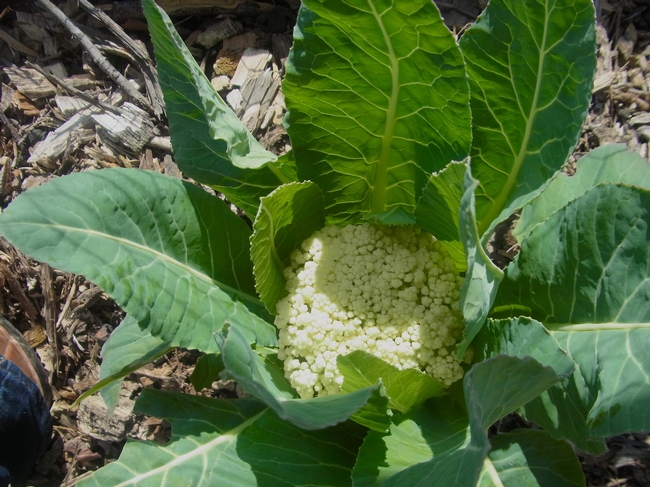
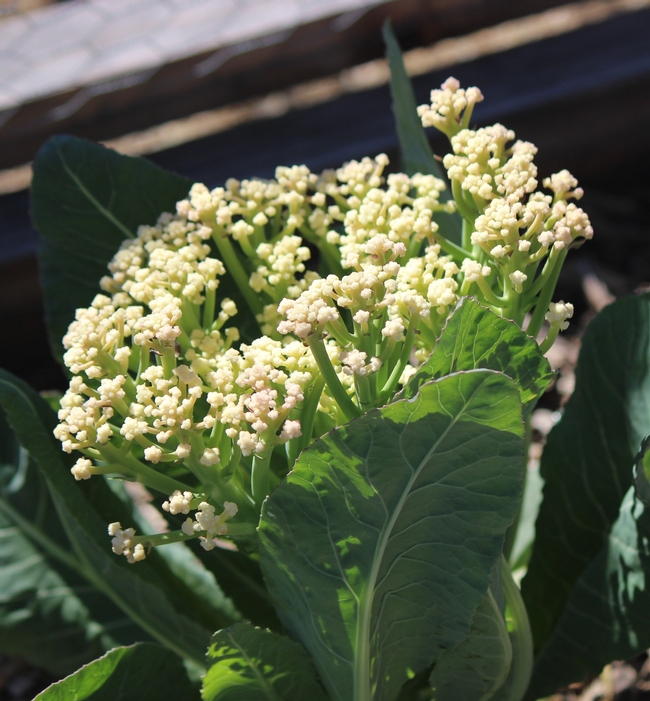
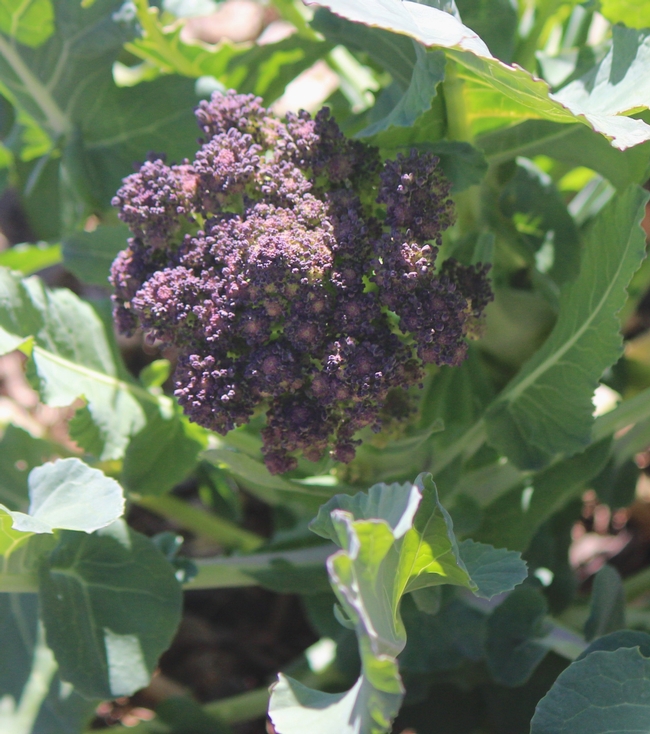
Fava bean
You'll find lots of information about this crop in a previous post. The expanding fava bean pod still has remnants of the flower attached, which shows nicely how pollination of the ovary at the base of the flower leads to development of the produce we harvest.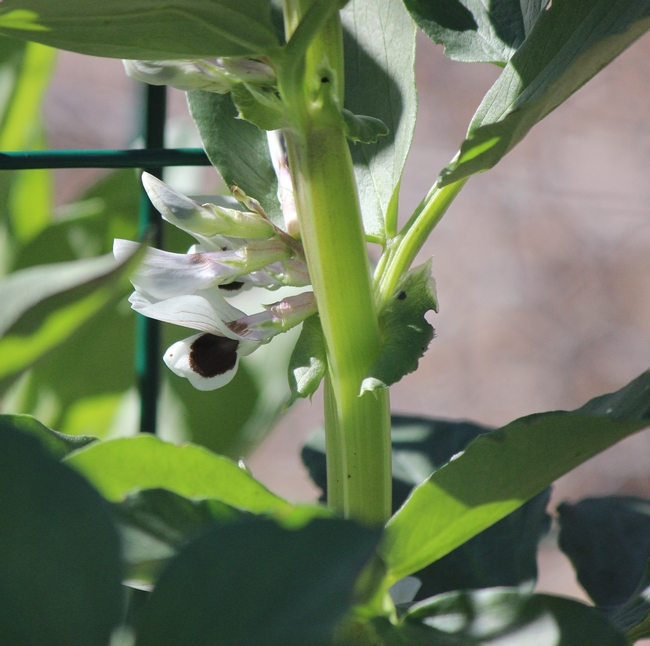
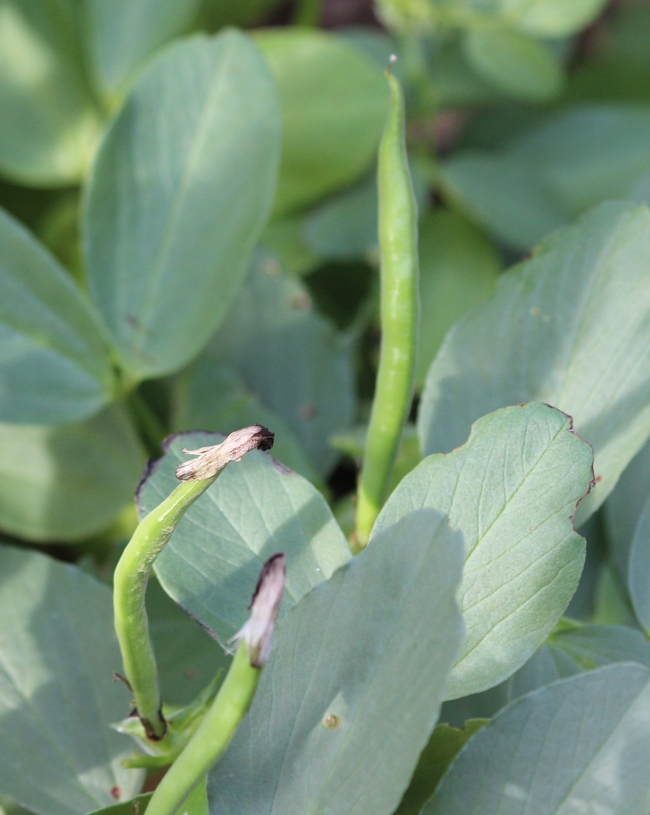
For more recipes, check out this helpful reference guide prepared by the Yolo County Department of Agriculture and funded by the California Department of Food and Agriculture.